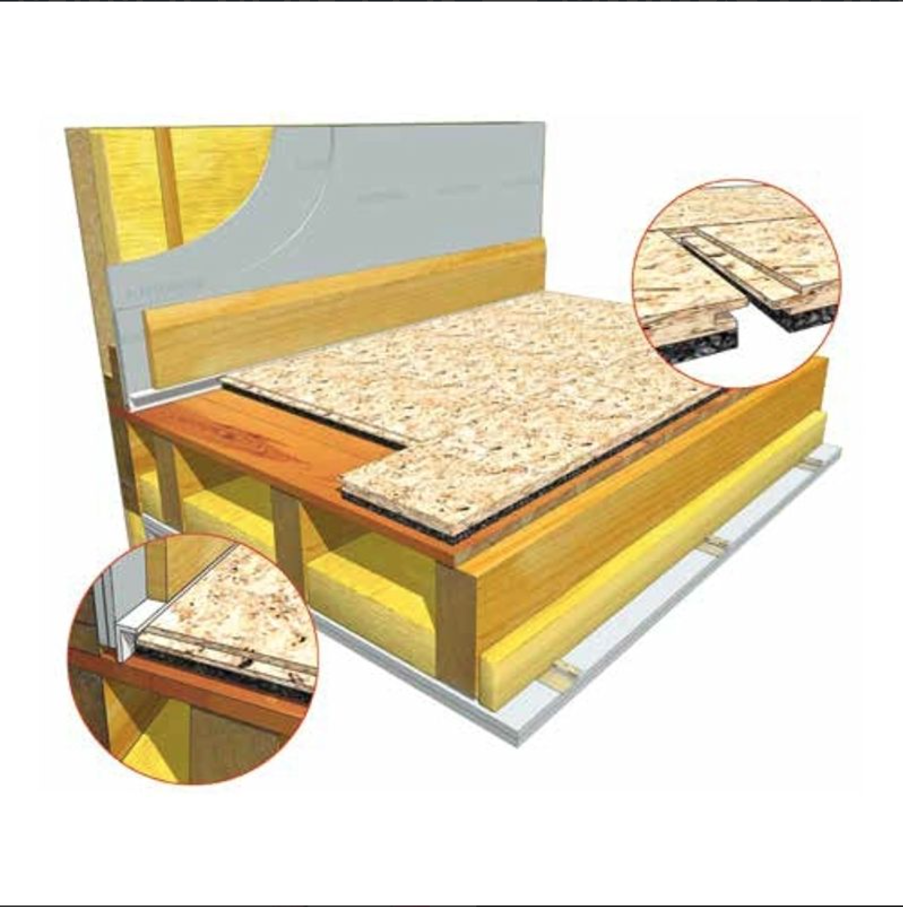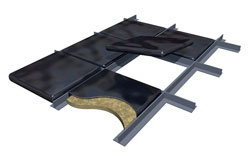Noise pollution can be a problem for any homeowner or renter. There is nothing worse than not being able to sleep because of external noise you can’t control.
But while you may not be able to control the noise, you can reduce it and have a good night’s sleep!
The best way to combat this is by improving the sound insulation (also referred to as ‘acoustic insulation‘) in your home.
But what is sound insulation? That’s what we’re here to find out!
Table of contents:
How does sound insulation work?

Sound passes through most walls, floors and doors by setting the complete structure into vibration. This vibration creates new sound waves of compact intensity on the other side of the surface. The passage of sound into one room of a building from a source located in a different room or outside the building is known as sound transmission.
Transmission loss is a measure of the efficiency of a wall or other blockade in limiting the passage of sound. The unit of measure of sound transmission loss is the decibel (dB).
The higher the transmission loss of a wall, the worse it functions as a barrier to the passage of unwanted noise. Sound insulation helps to reduce the levels of transmission loss. The higher the transmission loss of a wall, the more sound insulation will be required.
An overview of sound levels
| Sound level (dB) | Description | Example |
| 10 | Very faint | Normal breathing |
| 20 | Quiet | A whisper at close range |
| 40 to 50 | Normal | Light traffic |
| 50 to 60 | Above normal | Loud speech |
| 70 | Loud | Busy traffic |
| 80 | Very loud | Vacuum cleaner |
The main types of sound insulation
There are two types of acoustic insulation used in buildings: airborne and impact.
Use airborne acoustic insulation to reduce the sound which is pumped directly into an airborne space. An example of this type of insulation is our range of ceiling tiles. These offer a simple but effective solution to airborne sound. They are lightweight, easy to install and provide a good level of sound reduction with little effort.
Use impact acoustic insulation for floating floors and within office spaces. An example of this type of insulation would be JCW Impactalay acoustic floor underlay. JCW Impactlay is a complete soundproofing solution. It combines three acoustic layers to offer a cost-effective and easily installed solution to combat unwanted noise.













